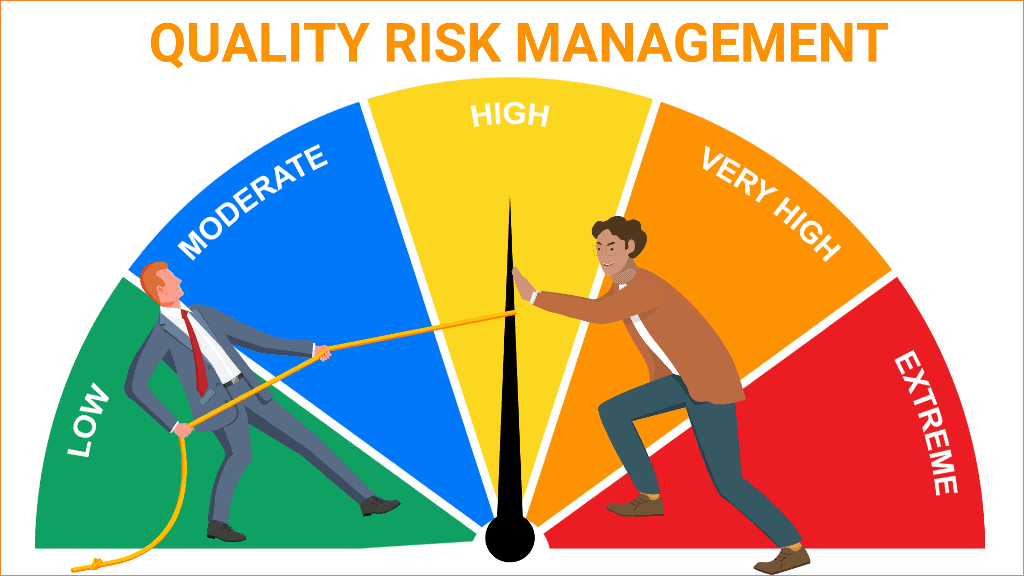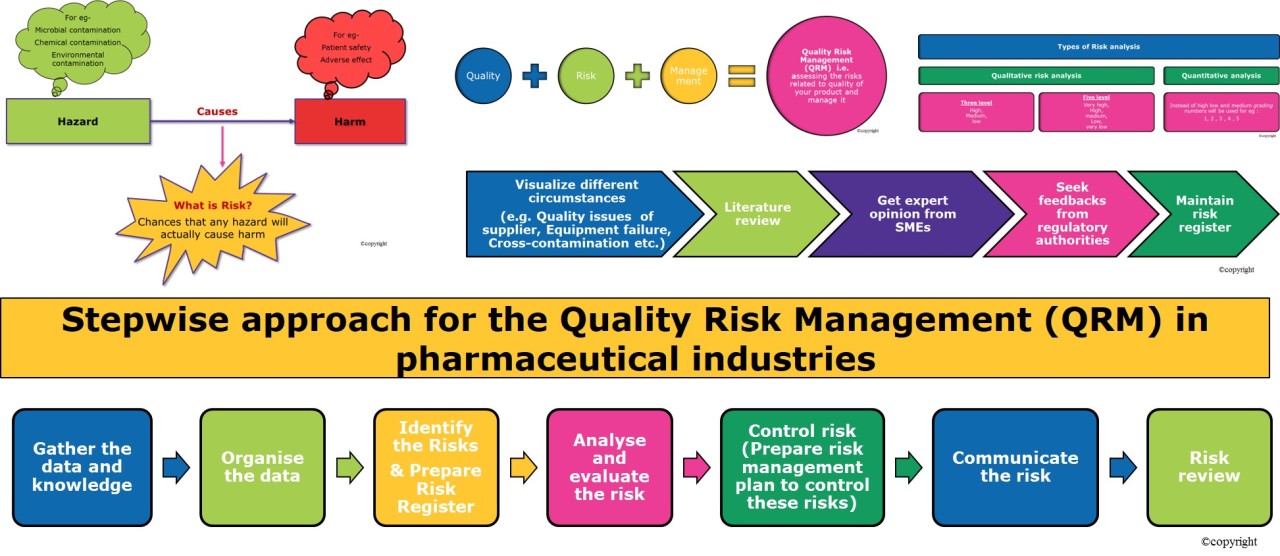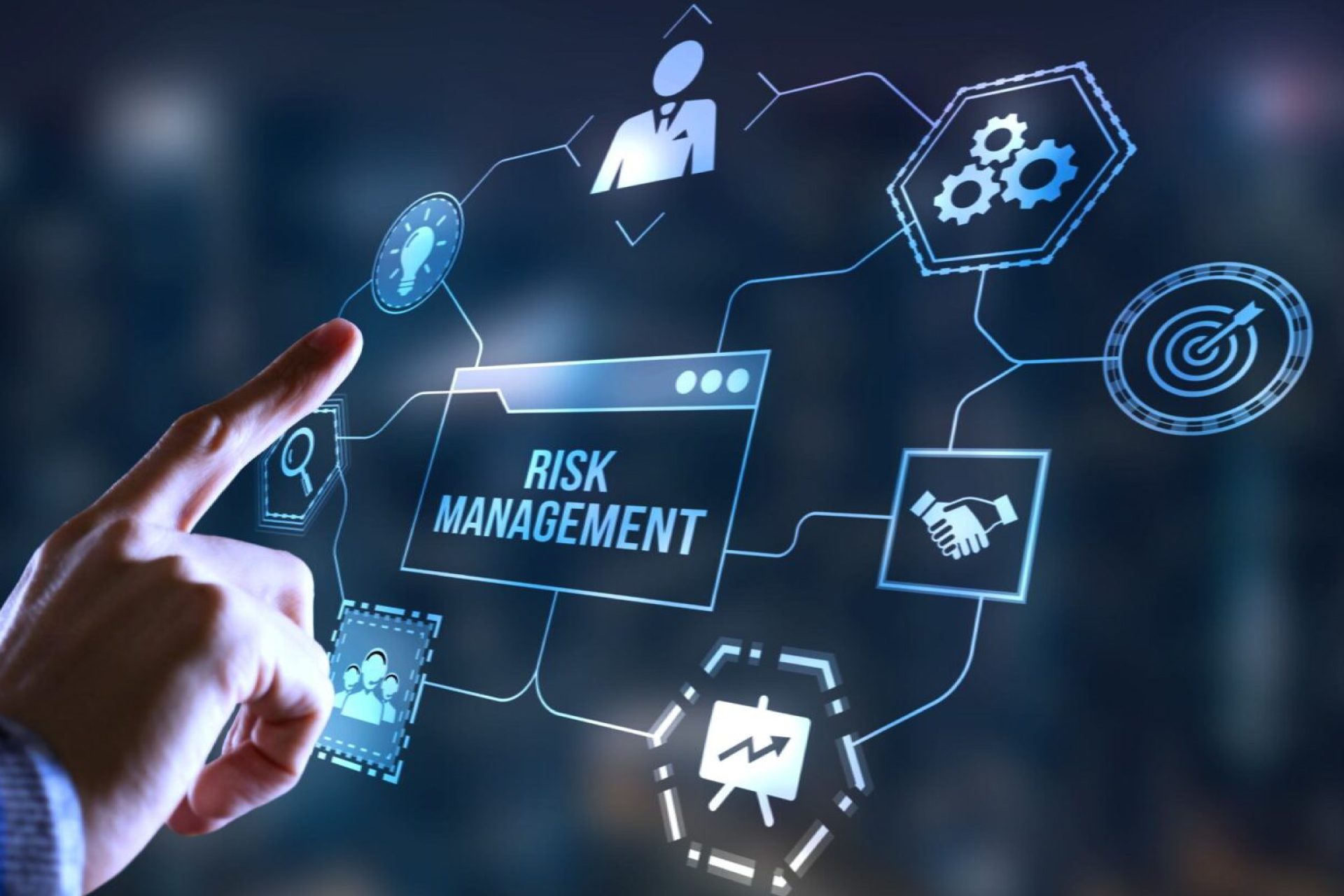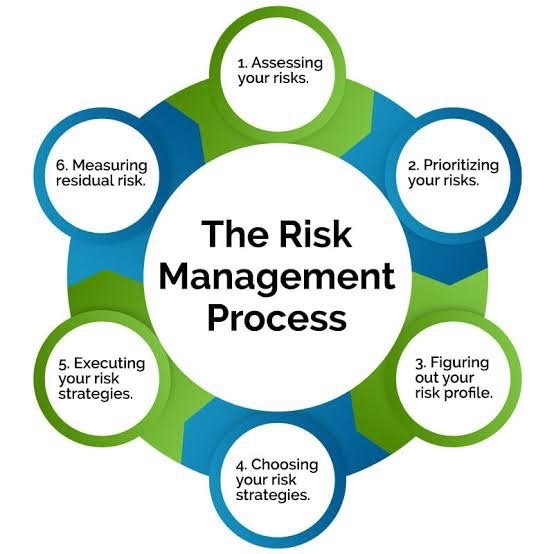Risk Assessment in Pharmaceutical Production
Various processes make up the risk assessment process, from the identification of hazards to the investigation and evaluation of the risks posed by exposure to these hazards.
Risk analysis is the assessment of the risk associated with the identified hazards. It is a quantitative or qualitative process of linking the severity and probability of harm (severity being a measure of the possible consequences of a hazard) by evaluating the design/measures that have control over their occurrence and detection


Risk Management and Possible Approaches
Currently, risk analysis can be done using a variety of scientifictechniques.
For instance, adopting the HACCP approach in conjunction with FMEA could result in the creation of documents that are more comprehensive than each method on its own. It entails a number of steps, including reviewing the process, identifying potential error modes, listing the potential effects of each error mode, determining the severity/occurrence and detection of each effect, and calculating the Risk Priority Number (RPN) to rank the importance of risk-mitigation measures.
Risk Priority Number (RPN)
The evaluation of three parameters — “Severity” (the level of risk), “Detection” (the capacity to identify risk), and “Occurrence” — results in the determination of the risk priority number (the probability that risk may occur and recur within the process under analysis).
Variables are evaluated for each of these parameters before being multiplied to produce the final evaluation. RPN is defined as Severity × Detection × Occurrence.6 The ranges can be derived using the maximum and minimum scores after the variables for each individual parameter have been set.


Risk identification
Risk identification is a systematic use of information to identify hazards referring to the risk question or problem description. Information can include historical data, theoretical analysis, informed opinions, and the concerns of stakeholders. Risk identification addresses the “What might go wrong?” question, including identifying the possible consequences. This provides the basis for further steps in the quality risk management process.
Risk control
Risk control includes decision making to reduce and/or accept risks. The purpose of risk control is to reduce the risk to an acceptable level. The amount of effort used for risk control should be proportional to the significance of the risk. Decision makers might use different processes, including benefit-cost analysis, for understanding the optimal level of risk control.

